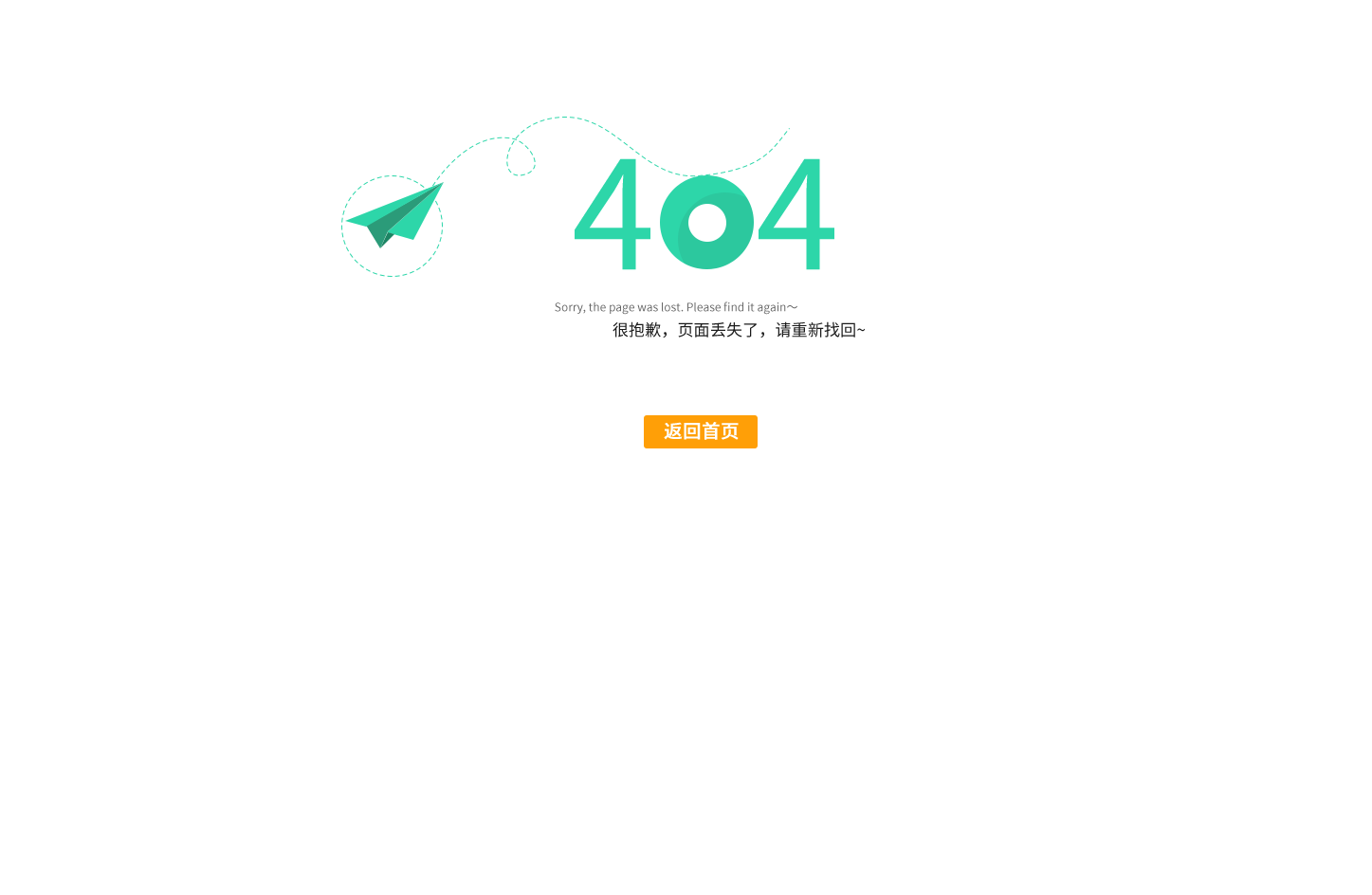
- All Drug Categories
- Home
- Anti-cancer Drugs
- Healthcare Products
- Medical Information
- Statement
Acalabrutinib, as a BTK inhibitor, should be scheduled according to the indications and individual patient conditions. It is usually administered continuously until disease progression or intolerable toxicity occurs.
1. Chronic lymphocytic leukemia/small lymphocytic lymphoma
(1) Standard protocol: Take 100mg orally twice a day.
(2) Course characteristics: Continuous treatment until disease progression or unacceptable toxicity.
(3) Combination therapy: When used in combination with atezolizumab, attention should be paid to the order of administration.
2 sets of cell lymphoma
(1) Single drug treatment: The same regimen is used twice a day, 100mg each time.
(2) Treatment cycle: There is no fixed number of treatment courses, and the efficacy needs to be evaluated regularly.
(3) Special adjustment: In case of grade 3 or above adverse reactions, suspension or reduction is required.
3 Principles for adjusting treatment courses
(1) Dose adjustment: Classify and handle according to the severity of adverse reactions.
(2) Suspension criteria: Treatment should be interrupted when specific hematological toxicity occurs.
(3) Termination indicator: Discontinue medication when disease progression or inability to tolerate toxicity occurs.
4 Clinical efficacy
(1) Chronic lymphocytic leukemia: The overall response rate of newly treated patients treated with monotherapy is 85%, and the median progression free survival has not been achieved, demonstrating a long-lasting therapeutic effect.
(2) Mantle cell lymphoma: The objective response rate for recurrent/refractory patients is 81%, with a complete response rate of 40%, and the median duration of efficacy is 22.3 months.
5 Security Advantages
(1) Less adverse reactions: Compared to the first generation BTK inhibitors, the incidence of bleeding events and atrial fibrillation in acatinib is significantly reduced.
(2) High selectivity: Lower off target effects on targets such as EGFR/ITK, reducing related side effects.
6. Timing of Efficacy Evaluation
(1) Initial assessment: Perform the first imaging examination 2-4 months after the start of treatment.
(2) Follow up frequency: Evaluate treatment response every 3-6 months.
(3) Long term monitoring: Even if the condition is stable, continuous medication and follow-up are necessary.
Disclaimer:《Acalabrutinib usually requires several courses of treatment》Edited and sorted by Seagull Pharmacy's editors. Please contact us in time if there is any infringement. In addition, the suggestions for drug usage, dosage and disease mentioned in the article are only for medical staff's reference, and can not be used as any basis for medication!